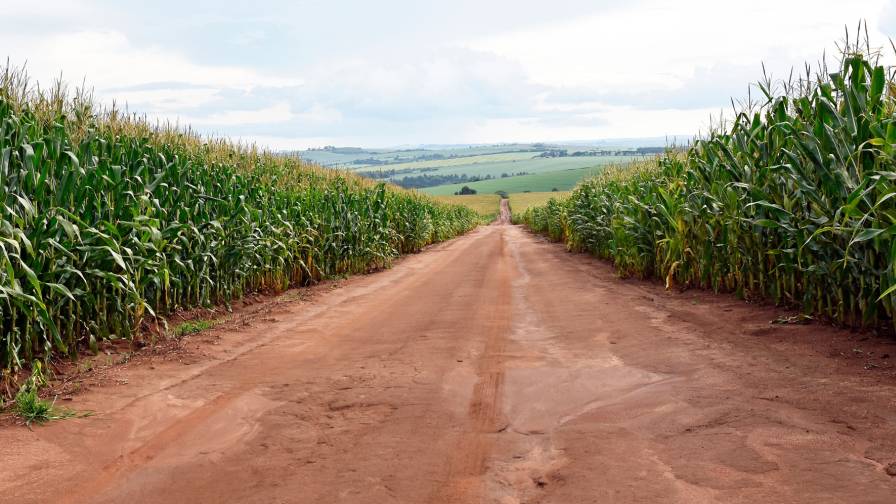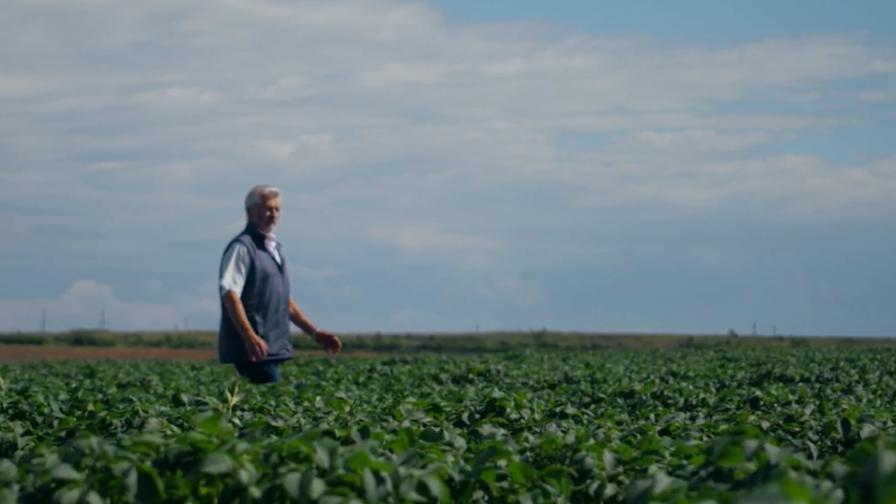Brazil: Perfect Soybean Season
Yields will be boosted this year by a nearly perfect combination of sun and precipitation so far. While the wetter conditions have raised the threat of soybean rust disease, growers have managed the disease well through fungicide applications, and losses so far are minimal. Production is forecast to reach 55.5 million metric tons (MMT) on an area of 20.6 million hectares (Ha).
The soybean harvest is 10% complete, with the first soybeans being harvested in the Center-west of Brazil. The condition of the crop is very good, and early yield figures are not as good as they may have been due to under-use of fertilizer because of poor credit availability.
Checking The Crop
The two remaining factors that could threaten the Brazilian soybean crop are excessive humidity and soybean rust disease. In Mato Grosso, where the harvest is currently taking place, there have been reports of some losses due to the wet weather. Five days of rain occurred in the center-north of the state, where a good part of the state’s soybeans are concentrated (the Sinop/Sorriso region). The other potential problem, soybean rust, is posing problems, but being held in check. The number of registered rust cases this year (1,020) has nearly doubled over last year’s at this time (613). This increase is due to the fact that last year’s drought hindered the spread of rust, while this year’s humidity has allowed it to spread more easily. However, farmers seem to be doing enough preventative spraying and using the alert system, and major losses due to rust are yet to be reported.
Biotech Presence
As corn prices began to rise in 2006, Brazilian farmers decided to plant and harvest genetically modified (GM) early variety soybeans, then plant winter corn as soon as possible in order to harvest it before frosts hit in July and August. This has contributed to the largest percentage of biotech soybeans ever planted in Brazil, with 25% to 30% of Mato Grosso’s soybeans being biotech varieties, compared to 5% last season. According to the International Service for Application of Agri-biotech Applications (ISAAA), Brazil’s overall soybean area is 54% GM, and could reach 80% in the next ten years.
The Soy Area
This year’s soybean area dropped about 7% due to the poor financial situation of Brazilian farmers. This was largely due to the lack of financing available to farmers and their compounding debt. Some shifting from soy to sugarcane occurred to take advantage of ethanol demand. In the South, area was basically maintained, while the Center-west lost area to sugarcane, cotton, and pastureland. Soy expansion in frontier areas was put on hold this year.
However, the expectation of a considerable decrease in the U.S. soybean area in 2007 and possibly in future years in order to expand corn production and meet the demand of ethanol plants there has made a big impact on Brazilian farmers. It will likely encourage the expansion of the soybean area next season, which will mean that the clearing of new land will resume in the areas of Center-west and Northern Brazil.




